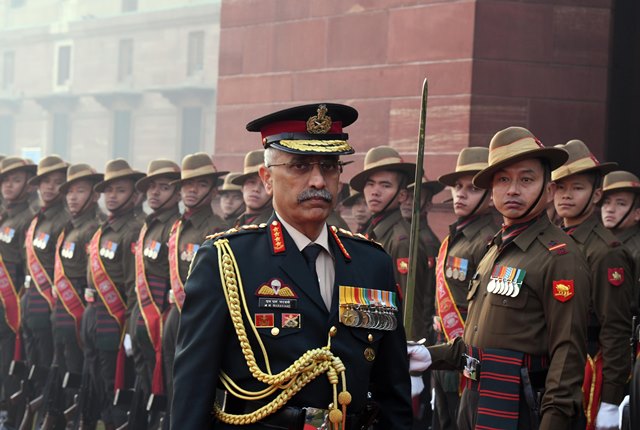Having deployed a large number of tanks and armoured vehicles in the world’s highest river valleys, Indian Army formations carried out drills in Eastern Ladakh to cross the Indus River and attacks in enemy positions.
Team ANI witnessed the special drills carried out by Indian Army’s tank formations including the T-90 and T-72 tanks and BMP infantry combat vehicles to cross the mighty Indus river which flows from the Tibetan territory controlled by the Chinese Army through the entire Ladakh sector before entering Pakistan.
Army officials said that such drills are carried out to prepare for contingencies where they have to take action against the adversaries if they try to capture Indian areas by using the routes of valleys in this area.
Indian Army is one of the very few armies in the world that operates tanks at high altitudes up to 16,000 feet, and in large numbers.
After the Chinese forces started showing aggression in the Eastern Ladakh sector by diverting its training exercise troops, the Indian Army brought in a large number of tanks and armoured combat vehicles in the eastern Ladakh sector that has large open valleys which are very conducive for tank battles.
Earlier, the Indian Army used to carry out such drills in a big way in the Punjab sector along the Pakistan front as it was believed that only plains and deserts would see tank battles but the mindset changed later.
The brigades and other formations with tanks started getting inducted into the force in Eastern Ladakh in 2013-14 onwards but the numbers increased manifold after the Galwan Valley clash incident in 2020.
The Indian Air Force’s C-17 and Ilyushin-76 transport aircraft brought in tanks and BMPs from deserts and plains in large numbers after that incident.
The armoured strength in the area has been strengthened by the Army to an extent where they can tackle any misadventure by the adversary. (ANI)
Read More: http://13.232.95.176/

